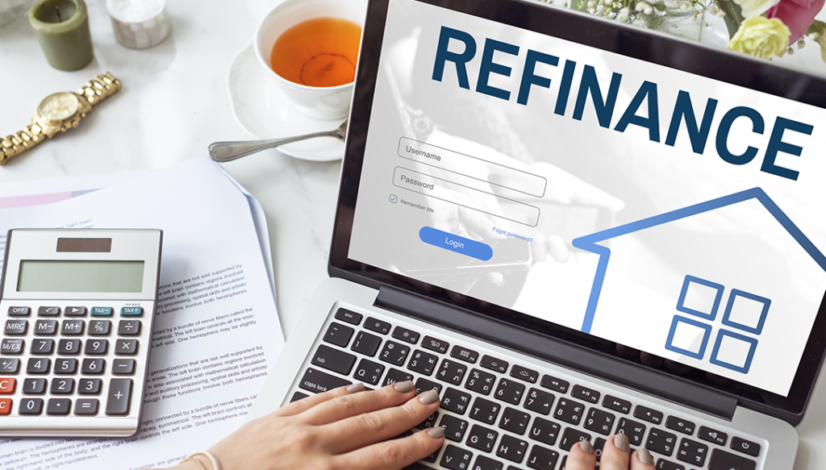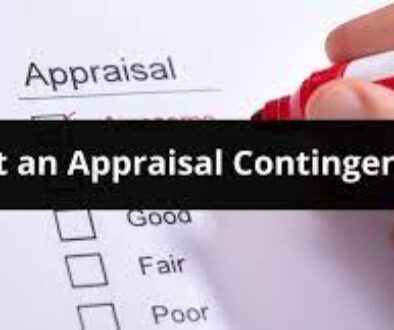Refinance
Refinance mortgage
You might want to refinance your loan if you’re having trouble making your mortgage payments or to take advantage of a lower interest rate. However, you may also want to apply for a loan modification from your lender. Refinances and loan modifications both have their own benefits and drawbacks. It’s important to do your research before you decide.
Let’s go over some of the differences between refinances and loan modifications. We’ll show you when a modification is better than a refinance – and vice versa. Finally, we’ll tell you how to apply for both.
What Is A Loan Modification?
A loan modification is a change to the original terms of your mortgage loan. Unlike a refinance, a loan modification doesn’t pay off your current mortgage and replace it with a new one. Instead, it directly changes the conditions of your loan.
It’s also important to know that modification programs may negatively impact your credit score. If you’re currently on your mortgage, it would be better to review your options and see if you can apply to refinance.
You can only get a loan modification through your current lender because they must approve the terms. Some of the things a modification may adjust include:
- Loan term changes: If you’re having trouble making your monthly payments, you may be able to modify your loan and extend your term. This gives you more time to repay your loan and reduces the amount you must pay every month.
- Interest rate reduction: If interest rates are lower now than when you locked into your mortgage loan, you might be able to modify your loan and get a lower rate. This usually lowers your monthly payment.
- Loan structure changes: You may be able to modify your loan from an adjustable interest structure to a fixed rate loan. This can be beneficial if you now live on a fixed income and you need a more predictable monthly payment.
- Principal forbearance: Your lender may agree to set some of your principal balance aside to be paid back later. This can help reduce payments and/or make your mortgage more manageable. However, these modifications are rare. You can usually only get a principal forbearance if no other possible solution will help you avoid foreclosure. You usually also have to subscribe to a repayment plan to qualify for a principal forbearance. A repayment plan allows your lender to see if you can stay on top of your new payments. Your lender may agree to settle some of your principal after you complete the repayment plan trial period.
Lenders have no obligation to accept your request for a modification or to renegotiate your principal. This means that getting a modification is usually more difficult than refinancing. You’ll need to show evidence of hardship. Every lender and investor in the loan (such as Fannie Mae, Freddie Mac, FHA, etc.) has their own standards when it comes to who qualifies for a modification and what types of modifications they offer.
You may receive offers from settlement companies to help you get a loan modification if you’re behind on your mortgage. These companies negotiate with your lender on your behalf and can make getting a loan modification easier. However, it’s important to note that these companies often serve as middlemen, charging you for a service that your loan servicer will provide for free.
If you do decide to work with one of these companies, do your research on the provider before you agree to any contract. The last thing you need is a high-fee contract with a settlement company if you’re already behind on your mortgage payments. If what’s being offered seems too good to be true, chances are it probably is.
See What You Q
When Should You Use A Loan Modification?
It makes sense to seek a loan modification before a refinance in some instances. Let’s take a look at some of those times.
- Your loan is underwater. An underwater mortgage is when you owe more money on your home than your property will appraise for. Your loan can go underwater if you miss payments early in your term or you live in an area where property values are falling. Most lenders won’t allow you to refinance more than your home is worth. Though there are streamline options that can allow you to change your rate and term without an appraisal, you must meet specific criteria to qualify for each option. Ask your lender for a direct modification to simplify the process and help you when you’re underwater.
- You need a principal reduction. You cannot reduce your mortgage principal with a refinance. A loan modification may be able to help if you’re likely to go into foreclosure.
- You’re behind on your monthly payments. A lender won’t allow you to refinance unless you’re current on your monthly payments. Some types of refinances for underwater loans require that you have at least six consecutive on-time payments to qualify. Seek a modification if you can’t catch up on your monthly payments before you apply.
How To Modify Your Loan
Every loan servicer has their own standards for loan modification. Most require you to apply with financial documentation that proves you need the modification. Some of these documents include:
- Proof of income: Your lender needs to know that you don’t have enough income to cover your current mortgage. Proof of income can include a salary agreement or contract from your employer that states your hourly rate or annual income. Your lender might ask for a profit and loss balance if you’re self-employed.
- Your most recent tax return: Your lender will likely need your entire tax return when you request a modification.
- Bank statements: Your lender might ask for bank statements to confirm your assets.
- A hardship statement: Your lender needs to know why you want a modification. Your hardship letter tells your lender why you can no longer make your monthly payments or pay for your entire loan balance. You may also want to include supplementary documentation along with your letter to further illustrate your situation. Things like medical bills or a termination letter from your previous employer can increase your chances of approval.
What Does It Mean To Refinance Your Mortgage?
You replace your existing loan with a new mortgage when you refinance. This allows you to change the terms of your loan. You can also use your equity to take cash out of your home. You might want to refinance to:
- Lengthen your mortgage term. You lower your monthly mortgage payment when you refinance to a longer mortgage term. This can help you avoid foreclosure if your income is now lower than when you got your loan.
- Shorten your term. You can also shorten your mortgage term with a refinance. Your monthly payment increases when you shorten your term. However, you own your home sooner and save money over time in interest.
- Take a lower interest rate. A refinance can help you lock in a lower rate if interest rates are lower now than when you got your loan.
- Change your loan type. It might be beneficial to refinance to a new loan type if you have more than 20% equity in your home. For example, if you have an FHA loan, you’ll pay for mortgage insurance throughout the life of the loan if you put less than 10% down. However, you can cancel private mortgage insurance on a conventional loan as soon as you reach 20% equity. Many homeowners refinance their FHA loan to a conventional loan after they achieve 20% equity for this same reason.
- Take a cash-out refinance. A cash out refinance allows you to draw money from your home equity to cover outside expenses. You take on a higher-balance loan and in exchange, your lender gives you the difference in cash. For example, imagine that your principal loan balance is $200,000 and you want to cover $20,000 worth of credit card debt with your equity. A cash-out refinance means you’d take a loan with a $220,000 balance and your lender would give you $20,000 in cash. Mortgage interest rates are lower than the interest rates on other types of loans and credit cards, which allows you to save money when you cash out.
Unlike a loan modification, you don’t need to refinance with your current lender. Unsatisfied with your lender? A refinance can allow you to switch to a new lender’s system.
When Should You Refinance?
Let’s take a look at a couple of times when it makes sense to take a refinance over a modification.
- You’re not underwater on your loan. Though there are special refinance programs that can help you adjust the terms of an underwater loan, refinancing is much easier when you have equity.
- You want to take cash out of your home equity. You can take cash out of your home equity to cover outside bills if you meet equity standards. This isn’t possible with a loan modification.
How To Refinance Your Loan
You’ll choose a lender, submit an application and offer your personal financial documentation for underwriting. Your lender will usually give you the option to lock in your interest rate as well. This protects you against market interest rate movements.
After you lock in your rate, your lender underwrites your loan to make sure you qualify to refinance. With most types of refinances, you must get another appraisal before you can close on your new loan. The appraisal ensures the lender that they’re not loaning you more money than your home is worth. Once the appraisal and underwriting processes are complete, your lender will give you a Closing Disclosure. The Closing Disclosure tells you more about the terms of your loan and your closing costs. You’ll then attend a closing meeting and sign on your new loan.




